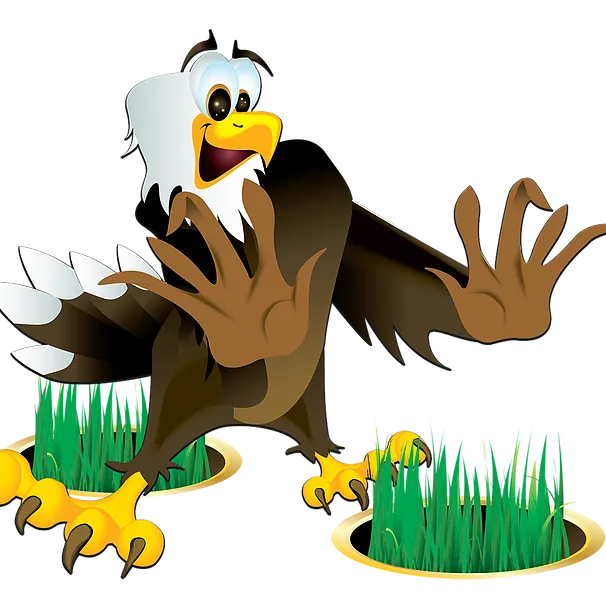Root Rot Lawn Treatment in Pinellas County, Florida
Are There Yellow Spots and Thinning Areas in Your Lawn? It Could Be Root Rot
If your lawn is yellowing, thinning, or showing bald patches even with regular care, don’t panic—it may not be drought or a fertilizer issue. The real problem might be hiding beneath the surface: root rot.
Root rot is a common fungal lawn disease that affects warm-season grasses across Florida, particularly during spring, early summer, and fall. It damages your turf’s root system, slowly cutting off the nutrients and water your lawn needs to thrive.
At
Eagle Lawn and Pest Control, we help homeowners and commercial property managers across
Pinellas County diagnose and eliminate root rot before it ruins your lawn.
📞 Call us today at 727-953-8180 to schedule a free lawn consultation.
What Is Root Rot, and When Does It Strike?
Root rot—often called take-all root rot—is caused by soilborne fungi such as Gaeumannomyces graminis. It’s especially common in high pH soils and targets St. Augustine, Zoysia, and other warm-season grasses. While it can be active year-round, outbreaks often begin:
- In spring, as grass begins to green after winter
- In early summer, when growth conditions ramp up
- In fall, when warm soil and cool air create stress
How It Starts—And Why It's Hard to Catch Early
Root rot begins subtly. You may first notice:
- Yellowing blades in isolated patches
- Gradual browning or thinning of grass
- Bald or “dead” spots that appear to spread
Eventually, infected roots become dark, mushy, and unable to absorb water or nutrients. Without early treatment, turf recovery becomes increasingly difficult.
What Causes Root Rot in Florida Lawns?
Several environmental and care-related factors can trigger or worsen root rot.
Most Common Root Rot Triggers
- Overwatering, especially during cooler months
- Improper fertilization (wrong type or over-application)
- Soil with poor drainage or high pH
- Heavy thatch buildup retaining moisture and heat
- Compacted soil or turf under stress from foot traffic or weather
It’s not always clear what’s causing the problem, which is why a proper professional diagnosis is critical before starting treatment.
Don't Be Fooled—It May Not Be Root Rot at All
In early spring and fall, you may notice yellowing grass even though your lawn is otherwise healthy. This isn’t always root rot. It can occur when air temperatures are warm enough for growth, but soil temperatures remain too cool for root development.
Once the soil warms up, grass may green and grow normally again. That’s why it’s important to consult with a lawn care expert before committing to major lawn repairs.
Our Professional Root Rot Treatment Plan
At
Eagle Lawn and Pest Control, we know that fighting root rot isn’t about quick fixes—it’s about rebuilding your turf from the ground up. We tailor every solution to your property’s specific turf type, soil conditions, and fungal activity level.
Our Root Rot Recovery Process
- Accurate Diagnosis – We identify whether it’s truly root rot or a lookalike condition.
- Fungicide Application – Applied at the root zone to stop fungal spread
- Soil pH & Drainage Testing – We determine if poor drainage or high alkalinity is feeding the fungus.
- Custom Maintenance Plan – We guide you on proper watering, mowing, and fertilization to keep turf stress-free.
Service Area: Trusted Lawn Experts Across Pinellas County
We serve homeowners and businesses throughout Pinellas County, Florida, including:
- Clearwater
- Largo
- St. Petersburg
- Seminole
- Dunedin
- Palm Harbor
- Gulfport
- Tarpon Springs
- Safety Harbor
- Indian Rocks Beach
- Belleair
- Treasure Island
…and every community in between.
See Yellow? Don't See Red—Call Eagle Lawn and Pest Control
Root rot doesn’t have to ruin your lawn—or your peace of mind. Let us take the guesswork out of diagnosis and the stress out of treatment. Whether you need help recovering from a serious infection or want to prevent future outbreaks, we’re here to help.
📞
Call
727-953-8180 today or request your free lawn analysis online.
Let
Eagle Lawn and Pest Control bring your lawn back to life—starting at the roots.


